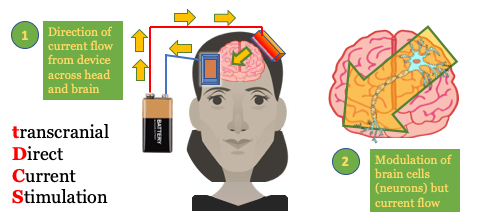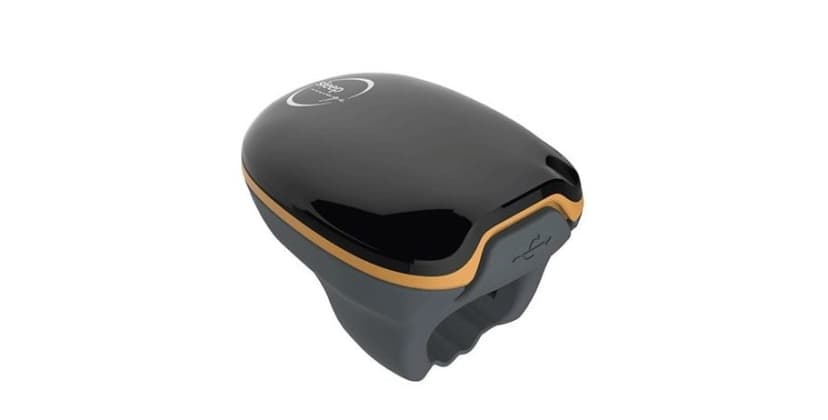Evidence-Based Guidelines and Secondary Meta-Analysis for the Use of Transcranial Direct Current Stimulation in Neurological and Psychiatric Disorders
Abstract
Transcranial direct current stimulation has shown promising clinical results, leading to increased demand for an evidence-based review on its clinical effects.
We convened a team of transcranial direct current stimulation experts to conduct a systematic review of clinical trials with more than 1 session of stimulation testing: pain, Parkinson’s disease motor function and cognition, stroke motor function and language, epilepsy, major depressive disorder, obsessive compulsive disorder, Tourette syndrome, schizophrenia, and drug addiction.
Experts were asked to conduct this systematic review according to the search methodology from PRISMA guidelines. Recommendations on efficacy were categorized into Levels A (definitely effective), B (probably effective), C (possibly effective), or no recommendation. We assessed risk of bias for all included studies to confirm whether results were driven by potentially biased studies.
Although most of the clinical trials have been designed as proof-of-concept trials, some of the indications analyzed in this review can be considered as definitely effective (Level A), such as depression, and probably effective (Level B), such as neuropathic pain, fibromyalgia, migraine, post-operative patient-controlled analgesia and pain, Parkinson’s disease (motor and cognition), stroke (motor), epilepsy, schizophrenia, and alcohol addiction. Assessment of bias showed that most of the studies had low risk of biases, and sensitivity analysis for bias did not change these results. Effect sizes vary from 0.01 to 0.70 and were significant in about 8 conditions, with the largest effect size being in postoperative acute pain and smaller in stroke motor recovery (nonsignificant when combined with robotic therapy).
All recommendations listed here are based on current published PubMed-indexed data. Despite high levels of evidence in some conditions, it must be underscored that effect sizes and duration of effects are often limited; thus, real clinical impact needs to be further determined with different study designs.




